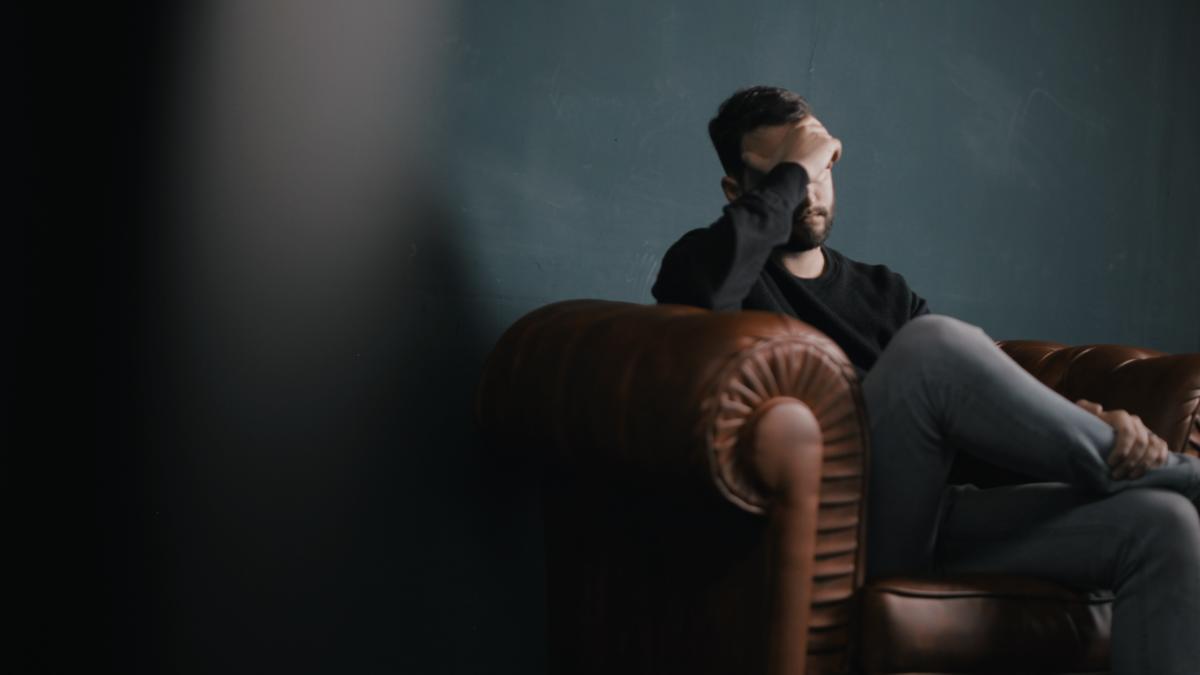Q: What’s the best guide you have seen to help parents talk to their sons about pornography? I don’t want to raise a son whose early sexuality is shaped by (even mainstream) misogynistic pornography. Are there things I can do to both give my son space to discover/explore his sexuality and also keep this phase from being tainted by misogynistic porn? Give him access to softer stuff and hope he doesn’t go looking? This doesn’t seem like a realistic enough approach. So many articles advocate talking to kids about porn and not giving a really practical guide to how to do this.
You’re absolutely right. A lot of guides aren’t specific enough to be practical – and most of the search results for talking to kids about porn are shame-filled. They often use the same abstinence-only messaging that made DARE a spectacular failure.
The denial method leaves kids to their own devices and the approach that says “porn is a scourge” has been shown to backfire, but media literacy training and an open channel of communication will be solid preparation for the world. So: let’s be realistic and specific.
Fact 1: You’re going to have to talk about porn with your kids.
Ignoring the reality that kids see porn changes nothing. Reprimanding them for viewing (or asking about it!) fosters shame and discourages talking honestly.
Discussing porn openly and calmly demonstrates they can come to you with thoughts and questions.
Like all facets of sexuality, this will be more of an ongoing conversation than a one-and-done. Start early – at a developmentally appropriate level – normalizing using correct names for anatomy, as well as concepts of consent and pleasure.
Some examples for very small children:
- You don’t want to give Uncle a hug? That’s OK!
- Do you like to pet the dog? Does it make you happy? How do you know when the dog likes it?
- We don’t touch our vulvas at the dinner table, that’s a private time activity.

Fact 2: You can’t control what they see, but you can shape how they perceive it.
Parental filters are a phenomenal option and can delay accidental viewings, but they are not a long-term solution. To be very clear: it’s illegal for kids to interact with porn in any capacity. I don’t advocate sharing explicit content with them, unless it is specifically designed for their education.
While the average age at which children first come across porn (around 14) hasn’t really changed in the internet age, it does mean that a kid who wants to seek it out will have a simpler time. The easiest stuff to see is the free [read: stolen] content on tube sites, not the more artistic or pleasure-focused ethical porn behind a paywall.
In general, we must prepare kids for things before it is personally relevant. They should know about birth control and STI prevention BEFORE they are in a situation where it matters. Similarly, they should comprehend that one form of entertainment – for adults – is depictions of people having sex.
Porn literacy is really media literacy. Talk to kids about themes in TV shows and movies, what kind of people are depicted and the use of exaggeration in fiction. Build on what they already know. Discuss stereotypes, ask them what they think is happening in a scene and what implicit messages they take away from a viewing. Don’t assume they perceive it as you do.
Talk about elements of production, the entertainment industry, and how content makes it from someone’s brain to the screen. Acclimate them to consuming media through a critical lens.
Introduce them to the idea that content is designed for people of different ages, including some made for adults that shows sexual activity. Explain that some people find these movies pleasurable, just like some people like action movies and others enjoy romantic comedies. None of those genres are designed to be how-to guides. They exist for entertainment.
Fact 3: It’s helpful to acknowledge discomfort.
Regardless of your viewing habits or beliefs around porn, your kids’ health, safety and ability to navigate the world come first.
Part of establishing yourself as someone with whom they can be real is owning your discomfort. Most of us didn’t have this kind of conversation modeled for us. You don’t have to be perfect, just stay calm, be direct and admit when you don’t know the answer.
One Australian study found that children who are unintentionally exposed to porn are often upset and distressed by it, especially if they were younger. They also found “boys are more likely to find it amusing, arousing and funny while girls were more likely to find it shocking, scary or upsetting.” You can share how you feel about porn, whether you find it entertaining, boring or offensive.
Fact 4: This is an opportunity to share your values
What do you believe the purpose of sex is? What are your values about sexual relationships? Do you prioritize empathy, openness to experience, generosity, and directness? What are your beliefs about gender? How do those things factor into sexual situations? In the same way that you impart your morals about hard work, honesty and compassion, you will have the chance to share your sexual values as well – but only if you make those values known.
Further resources:
- ThePornConversation.org: Educational tools for kids under 11, 11-15 and 15 and older, developed by parents/feminist porn creators and supported by sexuality educators and therapists.
- Cindy Gallup’s TED Talk about MakeLoveNotPorn, and cultivating videos of real world “social sex,” rather than scripted porn.
- Scarleteen’s guide to Making Sense of Sexual Media and other porn resources for young people.
- A pornography literacy curriculum developed for adolescents.
Have a question for Dr. Timaree? Send an email to asktimaree@philadelphiaweekly.com.





